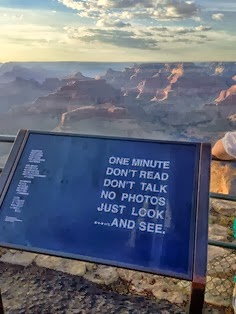In Celtic tradition, Samhain (what we, this side of the pond, celebrate as Halloween) is a time of remembrance of those who have gone on before us. Because it was considered a time when the veil between heaven and earth was at its thinnest, communing with ancestors was much more possible. In Mexico, the Days of the Dead, November 1 & 2, is not a somber holiday but a celebration of the lives and influences of our ancestors.
I've often spoken on this blog about the "chain of influence" we forge every time we meet someone who has, even subtly, an impact on our life. We do not begin life, however, with only one link. Our chain of influence was handed to us by our parents and grandparents, in fact, all our family members. We simply add onto what they themselves forged.
At this time of looking back, I want to acknowledge one such link in my chain of influence. My father's passionate pursuit of photography had a deep impact on my early love of the medium. He was our family's chronicler, for that was what photography was in the 50's and 60's, the great recorder of family life. He felt that daily life was worth remembering and, in his own way, he saw the sacred quality of the commonplace.
November 1st is also the beginning of Winter in Celtic tradition; a time of sheltering in by the fireside. It is also a good time to look through old photographs and remember those on whose shoulders you now stand. Take time tonight, in between handing out candy to little "trick or treaters", to acknowledge your links to the past. They have made us what we are, for better or worse.
I've often spoken on this blog about the "chain of influence" we forge every time we meet someone who has, even subtly, an impact on our life. We do not begin life, however, with only one link. Our chain of influence was handed to us by our parents and grandparents, in fact, all our family members. We simply add onto what they themselves forged.
At this time of looking back, I want to acknowledge one such link in my chain of influence. My father's passionate pursuit of photography had a deep impact on my early love of the medium. He was our family's chronicler, for that was what photography was in the 50's and 60's, the great recorder of family life. He felt that daily life was worth remembering and, in his own way, he saw the sacred quality of the commonplace.
November 1st is also the beginning of Winter in Celtic tradition; a time of sheltering in by the fireside. It is also a good time to look through old photographs and remember those on whose shoulders you now stand. Take time tonight, in between handing out candy to little "trick or treaters", to acknowledge your links to the past. They have made us what we are, for better or worse.




































